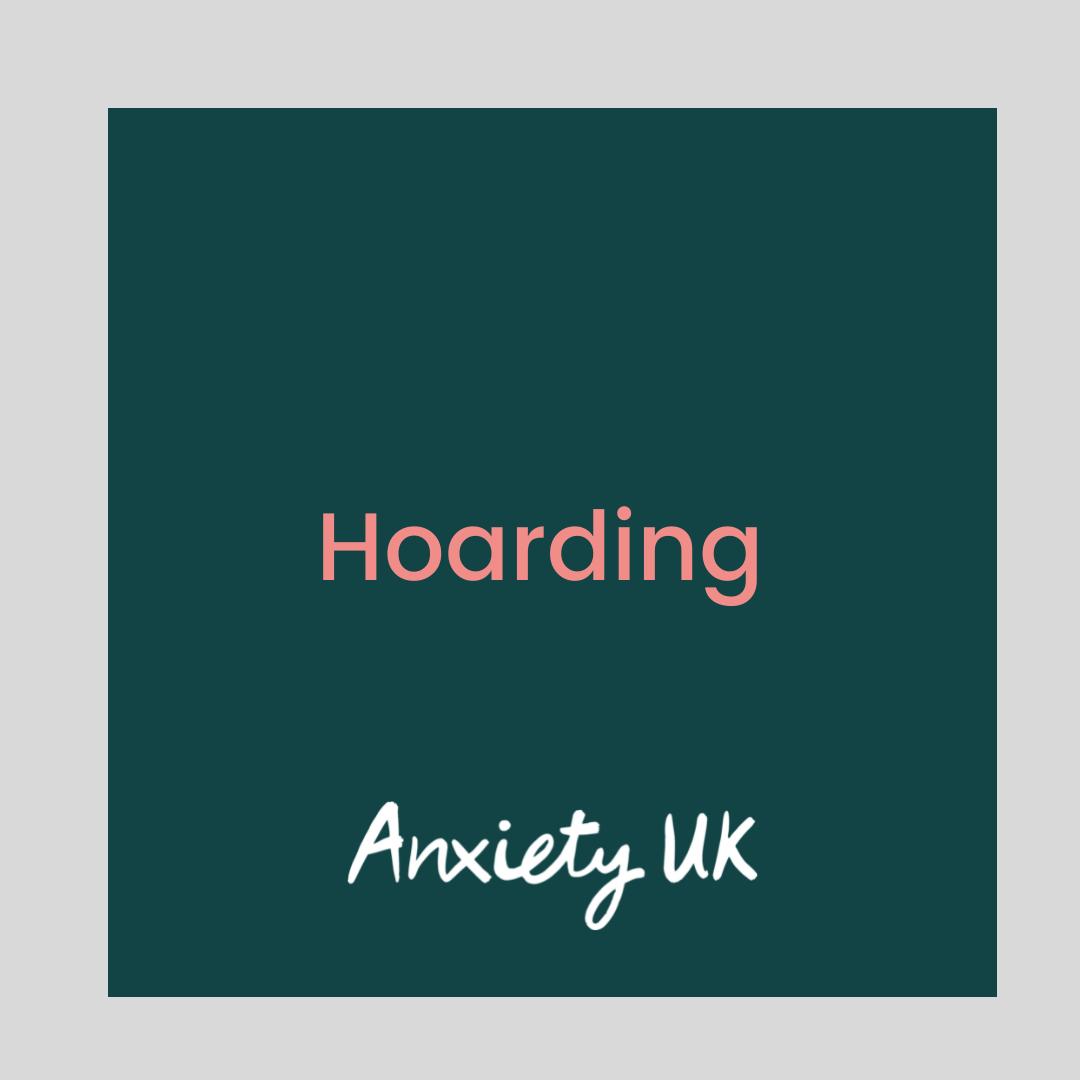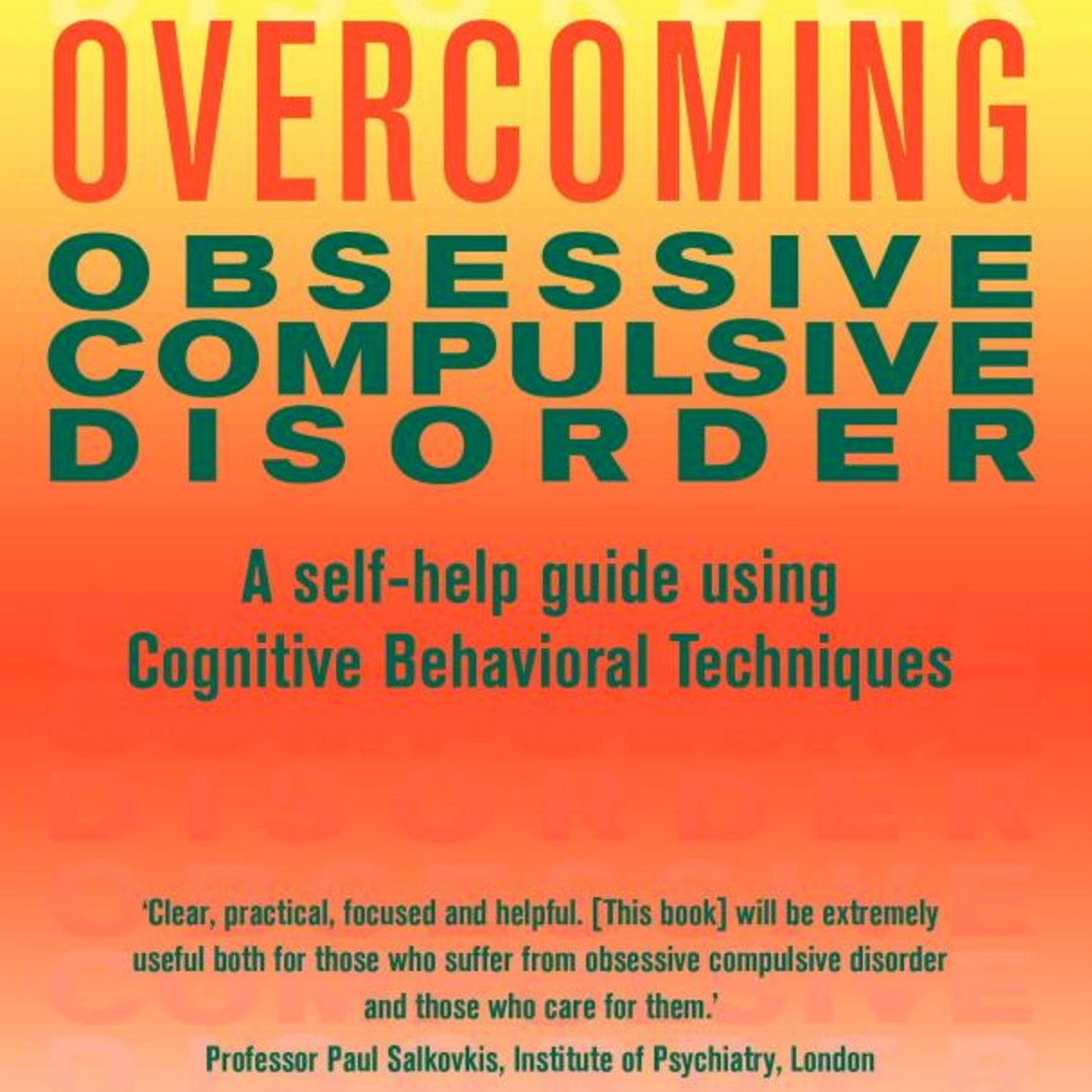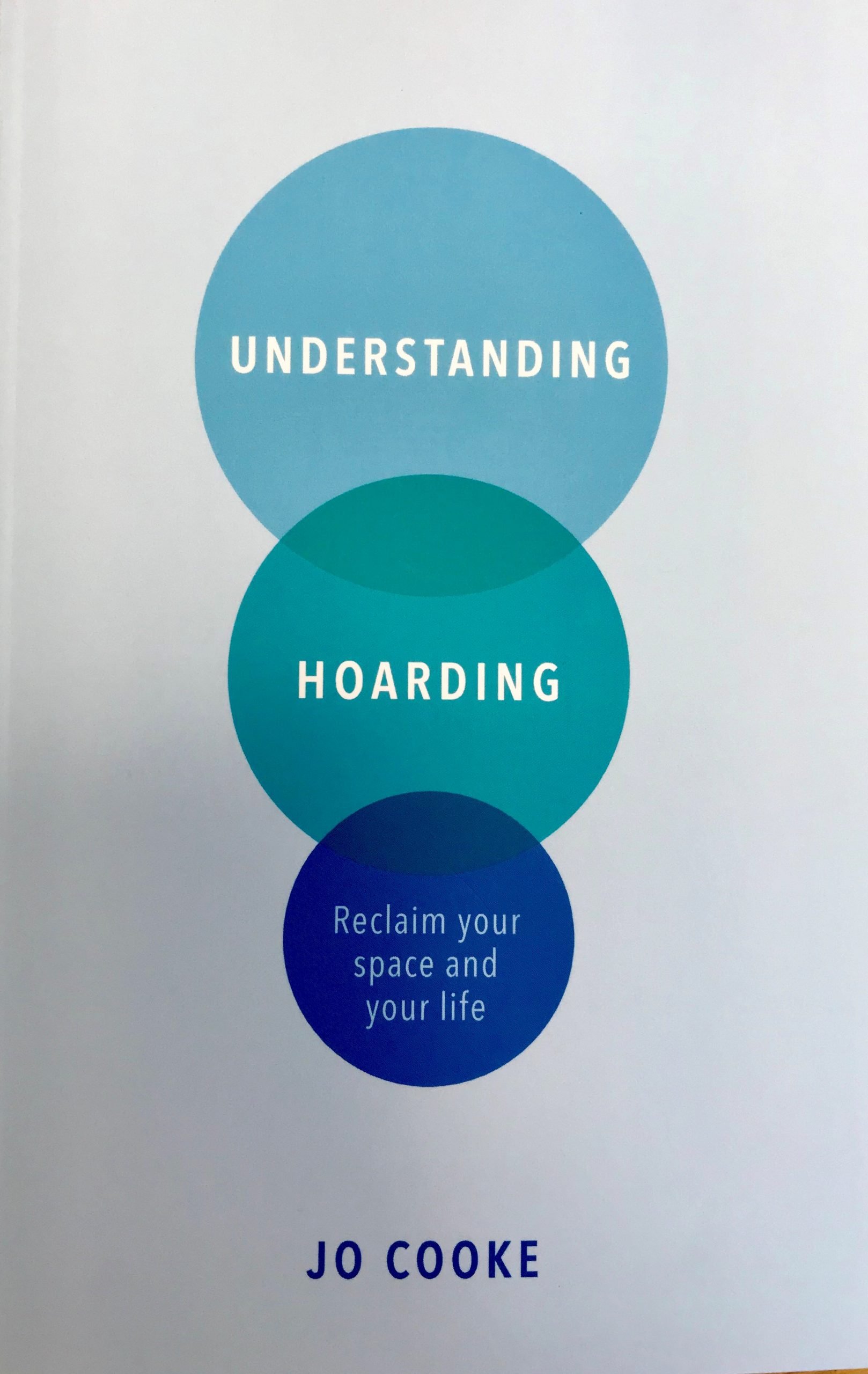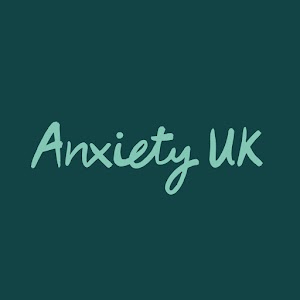Hoarding
What is it?
Hoarding is characterised by two key behaviours: acquiring too many possessions and experiencing difficulty getting rid of them when they are no longer useful or needed. When these behaviours lead to enough clutter and disorganisation to disrupt or threaten a person’s health or safety, or they lead to significant distress, then hoarding becomes a “disorder.”
There are many reasons why people hoard, however the most frequent reason for hoarding is to avoid wasting things that might have value. Often people who hoard believe that an object may still be useable or of interest or value to someone. Thinking about whether to discard it leads them to feel guilty about wasting it. It is a common misconception that hoarders save only rubbish or things of no real value. In fact, most people who hoard save almost everything.
DIY self diagnosis
If you can answer YES to most of the questions it is likely that you are affected by compulsive hoarding. During the past 6 months:- Have you found it difficult to throw things away, even when they are no longer needed?
- Has the amount of clutter you have interfered with your everyday life?
- Have you found yourself using more rooms as storage space for all your possessions?
Hoarding
 |
Obsessive Compulsive Disorder Fact SheetThis fact sheet gives a detailed overview, as well as a look at some of the evidence based approaches to treating OCD. |
Download Free |
Recommended resources

Overcoming OCD offers advice and CBT techniques in a step by step approach to help you learn how to break free from the destructive cycles of obsessive behaviour. You can purchase this book from the Anxiety UK online shop here.










